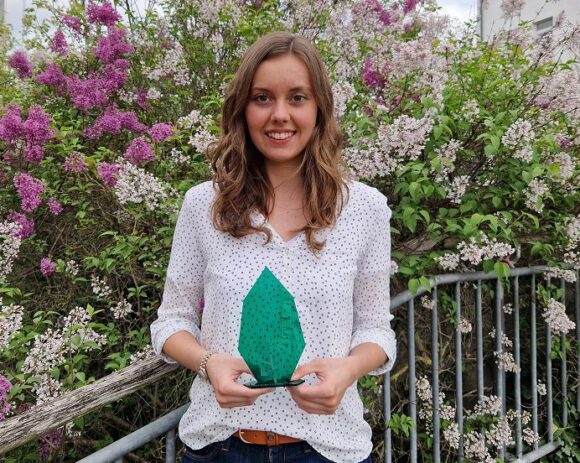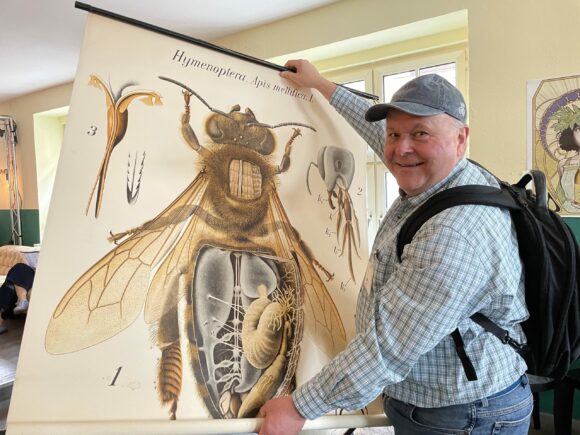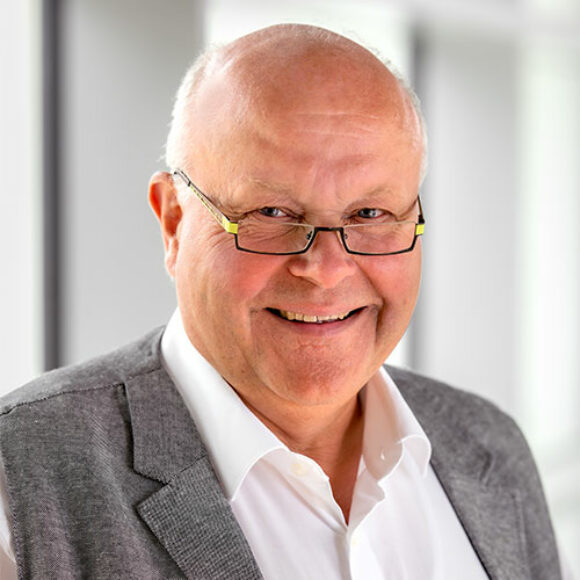An interface between the computer and the brain, also known as a Brain Computer Interface (BCI), ensures that a control signal can be sent to other parts of the body by means of electrical or magnetic activity. Systems of this type are primarily used to support people with physical disabilities. Vincent Tischler, a student on the “Artificial Intelligence and Robotics” Master’s programme, has been able to try out various technical tools as part of his studies. In an interview with Campuls digital, he provides insights into current projects and talks about what inspires him during his studies at the most popular university.

What exactly did you investigate in the project?
Vincent Tischler: “In the subject “AI Project”, we were allowed to familiarise ourselves with a project over the course of a semester. We were only given the framework conditions and were allowed to decide on our exact project ourselves. I found the idea of controlling a car using BCI very interesting. Students had already tried their hand at this a few semesters ago and I wanted to make a comparison to see how solvable the task is now with the help of neural networks.”
Over what period of time and with what technology?
Vincent Tischler: “The project lasted one semester. Fortunately, our university has some interesting devices, such as programmatically controllable RC cars, which were relevant to the project. I was then allowed to borrow these over the semester to pursue different approaches and create a proof of concept for the presentation at the end of the semester.”
What was the result?
VT:“The result was a functioning small implementation of very simple commands. The training data and the architecture itself were created to pursue the idea: ‘What could a student do on their own in one semester? However, through further research or the use of public training data in the domain, it would be conceivable to achieve much better results. The additional research was summarised in a report. It would be interesting if future students could build on this and compare their state-of-the-art approach with our current one.”

To what extent is practical work integrated into the degree programme – what else have you tried out technically?
VT: ” Due to the available devices, I had tried out various “headsets” that can ultimately measure brain activity, as well as some ideas for implementation. There were various brands, each with their own software, which differed greatly in terms of data analysis options, appearance and ease of use. I opted for the “OpenBCI” model, which allowed me to read out the raw data directly in the programme. This allowed me to customise the measurements and create my own training data, etc. Throughout the project, not only was the course instructor available to give me advice and support on a weekly basis, but I also had the opportunity to get opinions and recommendations from other professors who use the devices with their courses.”
What excites you about your Artificial Intelligence and Robotics M.Sc. programme?
VT: “The practical relevance to the current topic of artificial intelligence. You have the chance to look behind the scenes and understand the technology at a deep level. Not only are the often emphasised advantages highlighted, but you also get an insight into problems and learn how to deal with the topic competently. In addition, the lecturers all have a broad knowledge of the domain, which makes it easy to exchange ideas on the subject.”

What would you like to do professionally after your studies at Hof University of Applied Sciences?
VT: “Where I will end up is still written in the stars. However, I would like to give myself a good foundation with the degree programme and the qualifications so that I can take advantage of the opportunities that are available to me later on. With this subject, all doors are open to you in general computer science and it will always be exciting. But the first thing I’m going to do now is research at our institute!”
All offers of the Faculty of Computer Science for prospective and current students.







